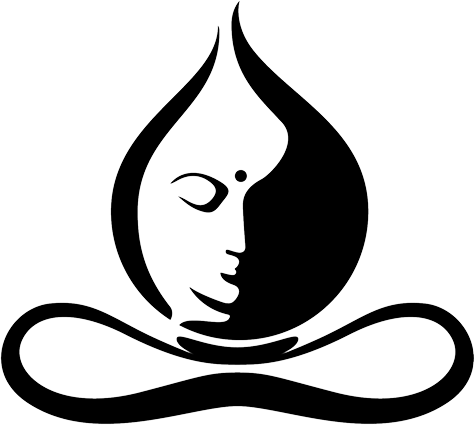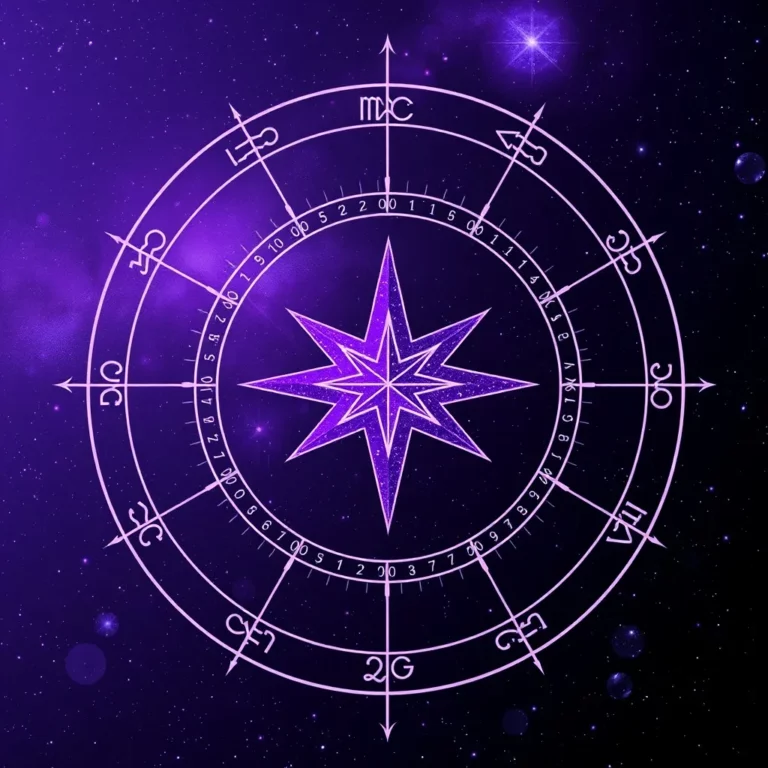Five Element Theory asserts that the world is shaped by the dynamic relationships between the five elements. These elements interact through two complementary processes:
- Generating and Overcoming. Together, they maintain balance and harmony in nature, much like the interplay of yin and yang.
- Generating processes encourage growth and development.
- Overcoming processes regulate and control this growth.
- By both promoting and restraining, these interactions help to harmonize systems and maintain balance.
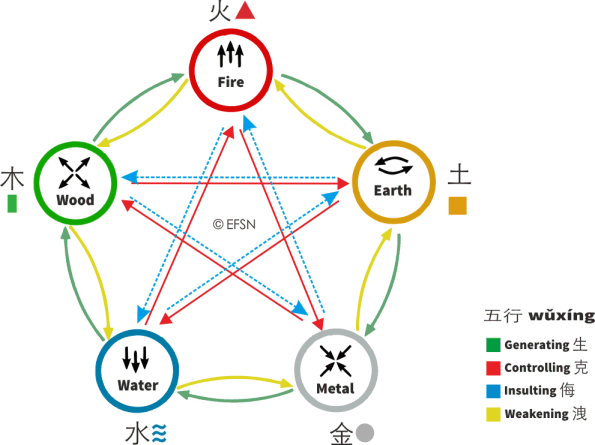
Generating Interactions
The generating interactions between the five elements resemble the nurturing relationship between a mother and her baby: supportive, growing, and symbiotic. These element pairs are closely connected and work together to foster success and good fortune.
The five generating interactions are as follows:
- Wood fuels Fire (Wood provides the energy to ignite Fire).
- Fire forms Earth (Fire creates Earth through volcanic activity, ash, etc.).
- Earth contains Metal (Earth forms the ground where Metal is found).
- Metal carries Water (Metal vessels like buckets or pipes carry Water).
- Water feeds Wood (Water nourishes plants and trees, enabling their growth).
Overcoming Interactions
The overcoming interactions are more antagonistic, resembling the acts of conflict between opposing sides in a war. These interactions are controlling and restraining in nature.
The five overcoming interactions are:
- Fire melts Metal (Fire has the power to melt Metal).
- Metal penetrates Wood (Metal tools like saws, drills, or nails can cut through Wood).
- Wood separates Earth (Tree roots break through and disrupt soil or rock).
- Earth absorbs Water (Earth absorbs and absorbs Water, limiting its flow).
- Water quenches Fire (Water can put out and extinguish Fire).
This is the reason why: Some People Should Never Get Married!
Are there charts that are best avoided in marriage? Definitely. Certain astrological charts are ones you should stay away from entirely.
A Male Chart That Harms The Wife (克妻)
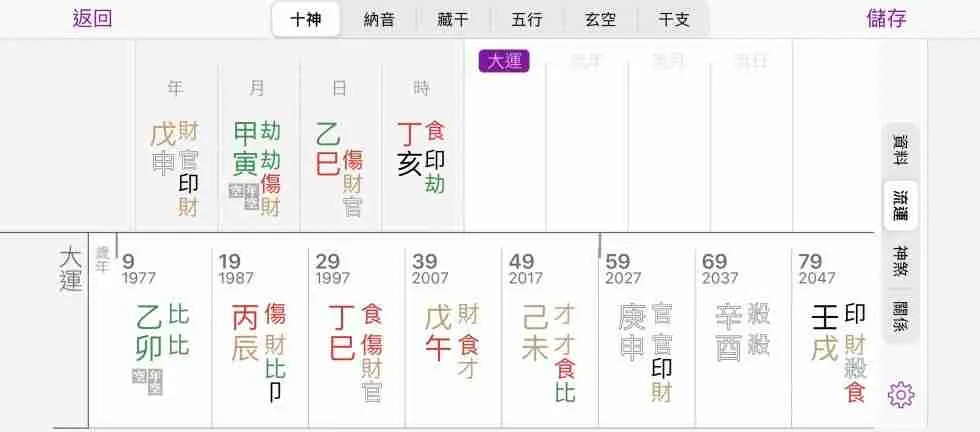
This chart belongs to a male, where Yang Earth (戊土) represents his spouse. From this chart, we can immediately observe a few things:
While the Fire element is the most prominent, the Earth element is also crucial and should not be damaged. Yang Earth, symbolizing the wife, is heavily affected by Yang Wood, which represents the Rob Wealth “god.” This suggests that the wife of the chart-holder will face challenges in life. Additionally, the chart-holder has noticeable character flaws, as indicated by his association with Rob Wealth. Furthermore, the presence of the Yin-Si-Shen Punishment (寅巳申三刑) in his natal chart further harms the beneficial elements.
A Female Chart That Harms The Husband (克夫 kè fū)
In certain female charts, the elements and interactions can indicate a potential for harming the husband (克夫). This usually happens when the chart’s energy causes disharmony with the husband’s natal chart or when specific elements in the woman’s chart are seen as detrimental to her spouse.
For example, a woman’s chart where the “husband’s star” (often represented by the Yang Fire or a certain Earth element) is weakened or harmed by excessive clashes or unfavorable interactions can suggest difficulties in her relationship. This might manifest in the husband experiencing setbacks, emotional strain, or even financial instability due to these influences.
Additionally, the presence of certain punitive combinations or unfavorable formations, such as the “Punishment” (刑), “Clash” (冲), or “Harm” (害) within the chart, can also highlight potential challenges in the marital relationship, leading to tension or difficulty for the husband.
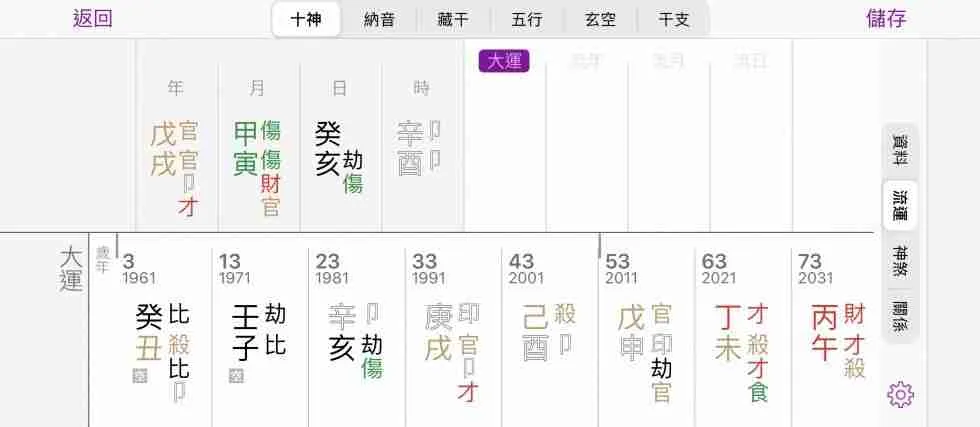
The BaZi chart above is, perhaps, one of the worst I’ve encountered in my career. There are very few positive aspects to note, aside from the chart-holder having one or two supportive 10-Year Phases. However, due to the poor quality of the natal chart, these positive phases will likely only help the person avoid major issues rather than bring true benefit.
This chart is classified as a 刑夫克子 (Xíng fū kè zǐ) chart, meaning it harms not only the spouse but also the children. For now, I’ll focus on the marriage and spouse aspect:
The female chart-holder in question has a very strong Hurting Officer (伤官) “god” in the form of Yang Wood (甲木), which harms her spouse element, Yang Earth (戊土), representing her Direct Officer (正官) “god.” This harm to the spouse element is severe and irreversible, especially since Yang Wood is supported and rooted in the Month Branch (月令), which holds the most influence over the strength of the elements.
What makes things worse is that the Elemental Phases continue to strengthen Wood, causing the damage to the spouse element to intensify as this individual moves through life. The aspect of the chart affecting the children comes from the Hour Pillar, but I won’t delve into that at this moment
What Does It Tell Us?
Many people fail to realize that when you look at someone’s BaZi chart, you’re essentially glimpsing their inner world—the way they think, behave, and act. These inner qualities ultimately shape the outcomes of their life, and this is common sense.
When we examine the Spouse Element in a BaZi chart, it’s not just about predicting a future partner. More importantly, it reflects how the chart-holder treats their spouse and their overall attitude toward marriage.
I’ve seen countless charts similar to the two examples above. For these individuals, their relationships are often unstable, and their partners suffer due to character flaws. Over time, their partners begin to wonder why they even entered into the marriage in the first place.
The people in these examples are the ones who should never marry. They bring nothing to the relationship but negativity and toxicity. They can be extremely self-centered and vindictive, always arguing to win, refusing to compromise, and often putting their partners down without regard for their feelings or well-being. There is no room for love, kindness, or compassion in these relationships. One key thing to remember is that only individuals with lower-quality BaZi charts will end up with someone like the examples above. As I’ve always said, people tend to attract partners with similar chart quality, and a couple’s combined charts will often tell a cohesive story.
If this doesn’t resonate with you, that’s okay. Toxic dynamics exist, but if you focus on your personal growth and have your priorities straight, you’ll likely attract a good partner. This is common sense.
The previous examples focused on your potential spouse’s chart, but it’s also important to look at your own chart and understand the role the Spouse Element plays. The concept is similar to what we’ve discussed before.
Ideally, you want the Spouse Element to play a positive role in the chart, indicating that your partner will be supportive and harmonious. From there, we assess the strength of the Spouse Element and how it affects the rest of the chart. Adding in the Auxiliary Gods (神煞) can offer even deeper insights. Charts like these tend to suggest strong, healthy marriages, though they are quite rare.
In some cases, even if your partner doesn’t directly harm you, they may still feel limiting. They might not be handling their own life well, which could stifle your personal growth, forcing you to focus on helping them instead of pursuing your own goals and aspirations.
A BaZi Practitioner’s View on Marriage
The harsh reality is that not all marriages are filled with happiness or ease. Some marriages can feel like two people coming together to endure struggles, almost as if they are fulfilling some karmic debt. It’s a difficult truth, but it’s a reality we can often observe in a BaZi chart—though that’s a discussion for another time.
This is exactly why arranged marriages were common in the past, or why people would have their BaZi charts matched before deciding to commit to a lifelong partnership. Today, however, many of us follow our hearts instead of our heads, entering relationships without fully understanding why we are doing so.
While companionship is valuable, it’s even more important that your partner brings out the best in you, inspires you to achieve more, and gives you a sense of purpose. From my consultations, I’ve found that those in fulfilling relationships often have a clear understanding of why they want to be with someone. On the other hand, those in troubled relationships are usually trying to fill an emotional void, need healing, or fear being alone. In a sense, our BaZi charts can reveal karmic debts when it comes to relationships, and some of us end up with the wrong people because we have lessons to learn or debts to repay.
One interesting thing I’ve noticed is that couples’ charts often align in key aspects of their lives—what you could call congruency. I’ve never seen a married couple where one chart predicts a successful marriage and the other doesn’t. The charts always tell the same story and never contradict each other.
